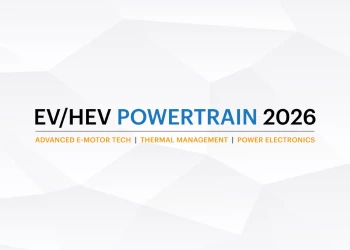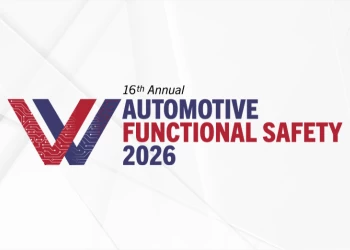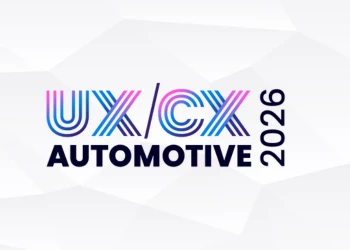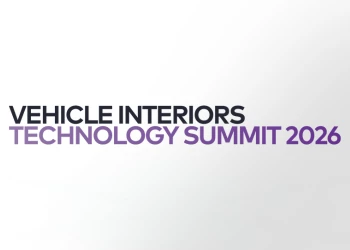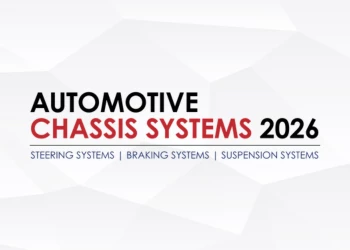"Think about the cars for the day after tomorrow." How additive manufacturing will shape the industry.
Add bookmarkThis spring, German engineering specialists EDAG have expanded their vision of a bionically inspired body structure. In order to be able to implement bionic construction principles and natural strategies, additive manufacturing potential has been put to use in the "EDAG Light Cocoon". Automotive IQ spoke to Johannes Barckmann, Head of Design at EDAG, about his take on automotive production and the greater freedom for designers thanks to additive manufacturing.
Mr. Barckmann, this year you gave a world premiere with the "Light Cocoon" at the Geneva Motor Show. What was the reaction?
This is our 16th concept car to showcase at the Geneva Motor Show. It's the starting point for our concept car events. After Geneva we'll be at the IAA in Frankfurt but also the Shanghai Motor Show and some other exhibitions. The feedback is always amazing because what we present has never been done before. With the Light Cocoon Concept, we have started a paradigm change in car engineering.
EDAG has a long history of taking nature as their inspiration. Where do you see the fascination?
Nature provides every solution for human questions. In this case, if we have a technical problem, we have a look at how nature solves it. There we find a lot of possible solutions which we can transfer into our common technology world. Nature is very clever and its principles are basically sustainable.
What is special about the Light Cocoon from the point of view of manufacturing, but also from the design processes?
The Light Cocoon is a provocative solution for a lightweight construction. We achieved up to a 25% weight reduction for outer panels. This is really the new thing. The basis of thinking is influenced by the leaf of a plant – and this idea is transferred to our exterior parts, so we have a fine-skeleton structure covered by a thin skin. For the skin type we used the lightest outer skin possible, which is fabric, and can be four times lighter than a normal sheet of paper. Whereas paper is around 80g/m2, fabric can be as low as 19g/m2, so four times lighter. Due to the additive manufacturing process we use, we are very close to recreating, rebuilding and producing natural structures, which allow us to think in terms of bionics.
Interested in learning more about the future changes in car engineering? Download the full interview here...
[inlinead]

